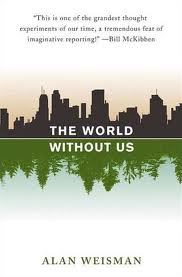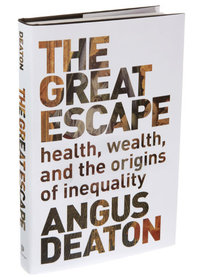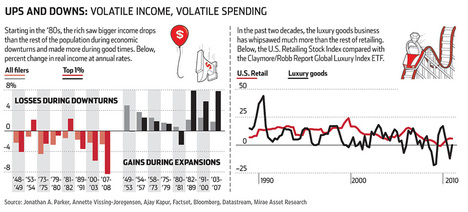(p. 1D) The president of First National of Nebraska, the nation’s largest privately held banking firm, said new federal regulatory and compliance efforts stand to cost the company as much as $30 million this year.
“It is a big uncertainty in the banking world,” said Dan O’Neill, speaking Wednesday at the company’s annual meeting in Omaha. “They are not operating off of concrete rules. A lot of it is their interpretation.”
The federal Consumer Financial Protection Bureau was formed as a result of the federal Dodd-Frank laws passed in 2010 after widespread bank failures and bailouts using taxpayer money.
. . .
The bureau, he said, worries banks because there is not a “clear body of rules” from which the regulator is operating in evaluating the fairness of a bank’s business practices. He said the agency’s regulators have a lot of leeway in deciding what to do af-(p. 2D)ter examining a bank; penalties for running afoul include fines.
“So it is a bit of a wild card,” he said.
For the full story, see:
RUSSELL HUBBARD. “ANNUAL MEETING; First National Chief Says Regulatory Costs Mounting.” Omaha World-Herald (Thurs., June 20, 2013): 1D-2D.
(Note: ellipsis added.)






